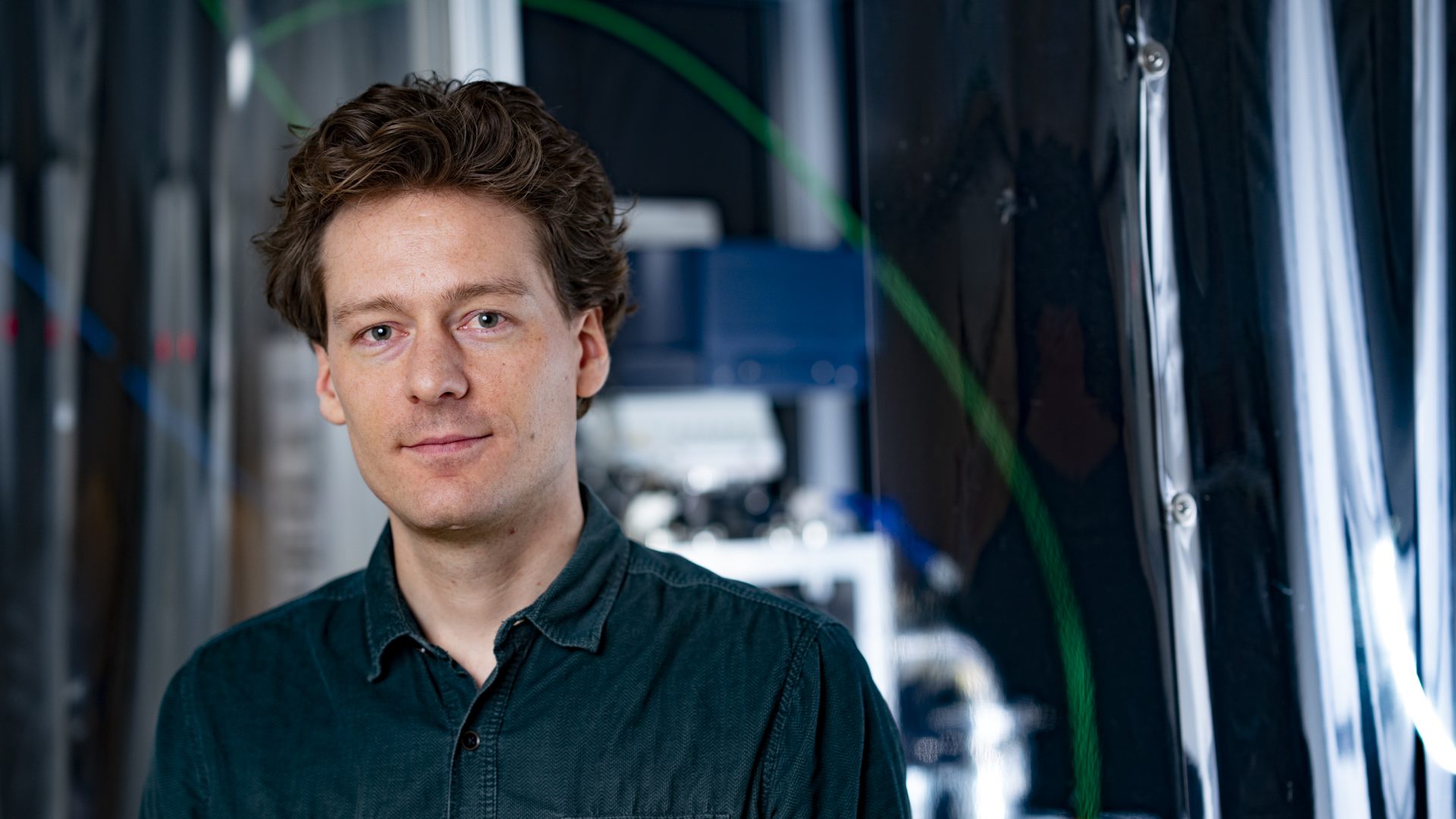Bart Weber starts as tenure track group leader
As of September 1st, Bart Weber has been appointed as tenure-track group leader of the Contact Dynamics group at ARCNL, through an appointment as assistant professor at the Institute of Physics of the University of Amsterdam.
The Contact Dynamics group researches fundamental aspects of friction and wear with a relevance to positioning challenges in nanolithography. Nano-photolithography is the process by which silicon wafers are patterned with nanometer scale structures for the production of semiconductor chips that are used in computers, smartphones and other digital devices. In the lithography machines, friction occurs twice between the wafer and the wafer support. First, when the wafer is pulled flat against the support prior to illumination and again when it is released.
This friction results in stresses and deformations in the wafer and in the support. While the friction forces are transmitted at the bottom side of the wafer, the deformations that result from these friction forces are ‘visible’ at the top of the wafer and in fact limit the accuracy and repeatability with which the wafer can be positioned. Positioning accuracy and repeatability are among the most critical specifications of a lithography system, because chips typically consist of dozens of layers that need to ‘sit’ straight on top of each other while the wafer has to enter and exit the nanolithography machine for processing after each layer has been illuminated. To sustain Moore’s law, ever tighter constraints on the positioning accuracy, rapidly approach the scale of only a few atomic spacings, while the entire wafer has a diameter of 30 cm. Understanding and manipulating friction across the scales is therefore crucial.
The group’s research interests include in-situ observations of rough-surface contact formation, the interplay between surface topography, physical adhesion and friction, the origin of adhesive friction, tribochemical wear and novel coatings and lubricants.








